A little anatomy
Roasts are cut from the steer's chuck, or shoulder; the rib and loin areas; the round, or butt and back leg, and the brisket, or chest.
Generally, fattier roasts come from the animal's forequarter, or front end.
Or think of it this way: The most tender—and expensive—roasts come from the parts that move the least (think rib roast and tenderloin). Conversely, the tougher roasts that take best to braising come from the areas that get the most exercise, like the round. These might be considered less special-occasion but, they’re delicious and much more affordable.
Braising (from the French word braiser) is a combination-cooking method that uses both wet and dry heats: typically, the food is first sautéed or seared at a high temperature, then finished in a covered pot at a lower temperature while sitting in some amount of liquid.
a large animal allows for more cuts
A Dexter steer, once processed, will produce approximately 300 lbs of meat. As you can imagine, you can choose to cut that meat into many and assorted cuts.
It’s been interesting to realize the influence of culture on the cuts. The US has different cuts than what I grew up with in Argentina and Brasil, but that’s a topic for another post.
Roast roster
Here's a rundown of roasts and some of their aliases, going from a steer’s front to back.
Chuck roast. Also: pot roast, chuck roll. A budget cut from the shoulder, it has marbling throughout, making it ideal for one-pot cooking.
Arm roast. Also: clod roast, pot roast. The arm is leaner and a little less expensive than chuck. It is best braised.
Brisket. A Jewish holiday favorite from the breast area, it consists of the lean flat cut and the fatty point or deckle. It's usually the flat cut you're getting when you order brisket, but you can specify the point or the entire "packer's cut" brisket.
Rib roast. Also: standing rib roast, prime rib. Seven ribs make up a rib roast. What's called the large end of the rib roast (even though physically the ribs are smaller), closer to the chuck, is fattier; it gets leaner as you move toward the "small" (but actually larger) back end, which connects to the strip loin. One rib for every two people is plenty, so let your butcher know how many guests you're feeding and which end of the rib roast you prefer.
Strip loin roast. Also: top loin roast. A leaner roast from the same muscle as the rib roast, toward the animal's butt. This is where boneless New York strip steaks and bone-in Kansas City strip steaks are cut from.
Tenderloin. The most tender roast of all—it's under the spine— with almost no fat or flavor. It's tapered in shape, the middle being the "center cut." The labor involved and waste produced in trimming and tying a tenderloin drives up the price.
Top sirloin roast. Also: top butt. Cut from the hip bone, it’s lean but flavorful with some marbling. It’s not a super-cheap cut but still more affordable than the tenderloin. Its versatile as it can be cut into steaks or cooked in stew or stir-fry.
Tri-tip roast. This small triangular roast is taken from the top of the sirloin and has perfect marbling. It's one of my favorites, especially for smoking or grilling.
Top round roast. Also: inside round. A humble cut from the inside of the animal's back leg, similar to the top sirloin in fat and flavor. This is what's typically used for deli roast beef.
Bottom round roast. Also: rolled rump roast. Another budget cut from the outside of the back leg.
Eye of round roast. A circular, very lean roast from the bottom round. Like the other rump roasts, it’s best when roasted and thinly sliced; often used in pho and ramen.
Sirloin tip roast. Also: knuckle. A budget cut taken right off the knee. It’s similar to the top sirloin roast, lean but flavorful.


